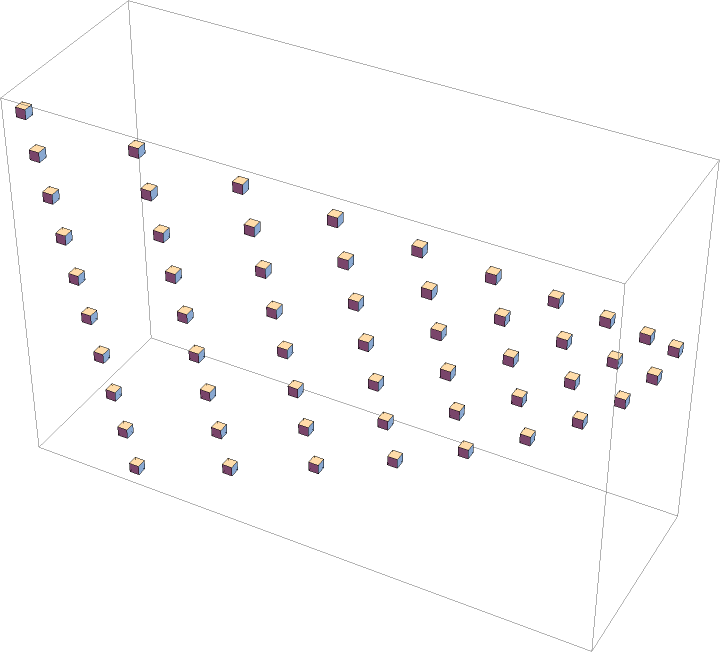Details
The data input should be nodes, each represented as a triple with node index as first coordinate.
Nodes have a second coordinate representing time and are thus regarded as causal.
For example, the data set {{1, 0, 1}, {2, 0, 3}, {3, 2, 4}} represents three-point coordinate information of the triangular shaped causal graph. The first element of each set is the index of the point, eg. point 1, point 2, point 3. The second and third elements are the temporal and spacial coordinates, e.g. point 1 is the event at time=0, space=1.
Foliation is the process of categorizing points by time intervals where their time coordinates are included. For example, the data set {{1, 0, 1}, {2, 0, 3}, {3, 2, 4}} the point 1 and 2 are on the same temporal line (foliation class), and the point 3 is in later different foliation class.
The time intervals of the foliation are 1.
The function returns the categorized point index where each element represents a node. For example, for the data set {{1, 0, 1}, {2, 0, 3}, {3,2,4}} the function returns {{1,2},{3}}.
By using different causal data set instead of using SimpleCausalGraphCoordinates function, one can generalize the causal graph structure with arbitrary rewriting rules.



